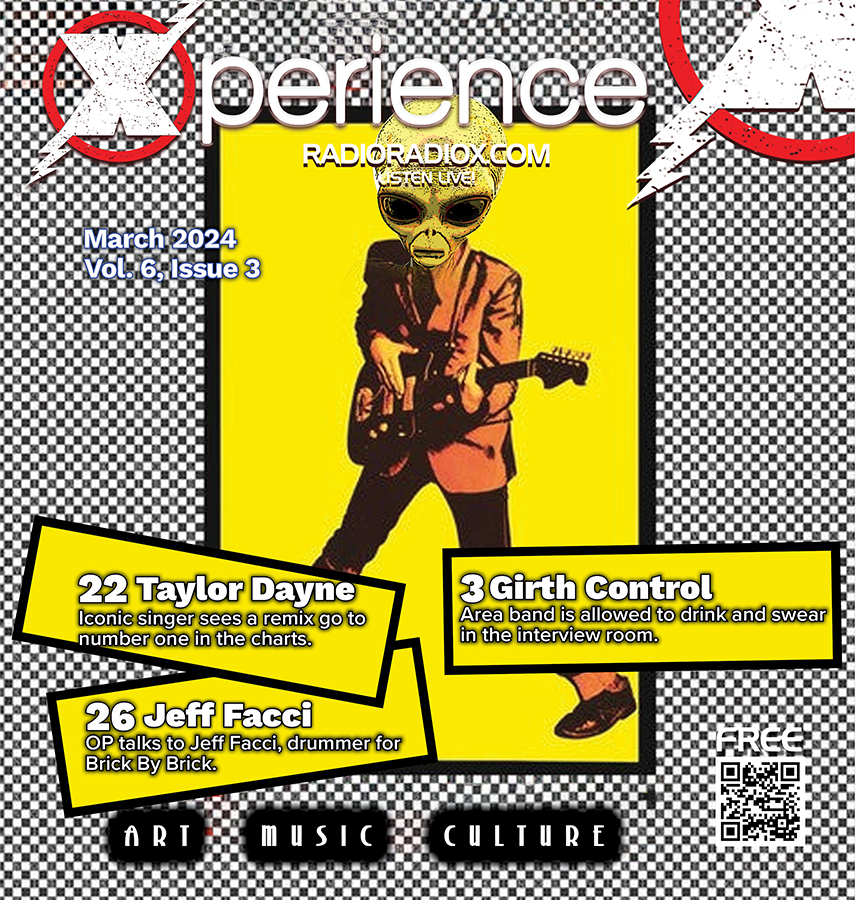Let’s Talk Growth Part 2 -By: Wilson
By Staff on July 10, 2022
The plants we met last time are now six weeks old. Let’s review to catch up.
My buddy who is getting back into growing ordered the seeds he wants to grow – Durban Poison and DJ Short Blueberry – and they arrived with some extra seeds, compliments of the seller. He decided to test his new grow tent set up with the free seeds. A systems test, if you will. He grew those eight free seeds under fluorescent four-foot T5’s with a mixed spectrum and a full spectrum with violet or blue to mimic the spring sun for about 16 days before he moved them into bigger pots, changed the soil and changed the lights to 400-watt metal halide. He changed the amount of light too. 24 hours of fluorescent light became 12 hours a day of 400-watt metal halide light, 12 hours a day of darkness.
“This tricks the plants into thinking it is the end of summer and makes them begin to flower so I can determine the males from the females. It usually takes five days, but these took seven,” he says. “They had five weeks of vegetative growth and one week of flowering when that growth ceased, so I could sex them.” At the end of the seven days he had four males and four females. The males were removed, and the four females went back to 24 hours of light, which now tricks them into thinking it’s spring again and puts them back into vegetative growth. They will stay in the one-gallon pots for two more weeks before they are transplanted into the seven-gallon pots they will be in until they are harvested.
Vegetative growth will continue for three to four weeks before he moves them back to 12 hours on, 12 hours off to start the flowering stage, which will go on for two to three months until they are ready to be harvested. So far – the tent, fans, filters, and lights are working exactly like they should be. The test is a success. His bible for all of this is “Marijuana Botany (An Advanced Study: The Propagation and Breeding of Distinctive Cannabis)” by Robert Connell Clarke. You know where you can order it. He’s excited to get the next set of seeds started and he specifically did not order feminized seeds because he wants both males and females. The males will produce all the seeds he will need to grow the Durban and Blueberry for years to come.
About those, from Wikileaf: “With a menacing name that hints at its powerful psychoactivity, Durban Poison is a pure South African sativa landrace. It is a bold and sticky variety that’s well adapted to a variety of growing conditions. Durban Poison boasts a THC content of between 15% and 25%.” “DJ Short Blueberry, or just Blueberry, is a popular Indica-dominant hybrid strain of cannabis. Despite the fact that this strain has been available on the market for more than 30 years … to create this incredibly popular strain, DJ Short crossbred two popular Sativa plants, Thai and Purple Thai, with a powerful Afghani Indica.”
(Google “The Willy Wonka of Pot” and read the article of the same name written by Jason Fagone to learn more about DJ Short.)
The seeds were legally ordered and shipped from DC Seed Exchange. Per the FAQ on their website “For individuals in the United States, DCSE and its affiliates provide “souvenir seeds,” otherwise known as hemp seeds, that are negligible in THC and are legal in most states and countries to possess. Our souvenir seeds may be used for collection, for food, or for genetic preservation purposes. We do not condone illegal acts with our products!” “The seeds get delivered right to your door by the US Postal Service. Seeds are legal now, the government ruled there was no THC in seeds. God bless America,” he said. “I love the effect of the South African sativas. I still have to get the Malawi Gold, it comes from an area north of Durban. I like the sativas that are psychedelic in a way,” the grower said. I was talking to another friend of mine who grows, and he was visibly excited when I said Durban Poison and he was familiar with the DJ Short’s famous Blueberry. I need to get these growers together.



 RadioRadioX
RadioRadioX